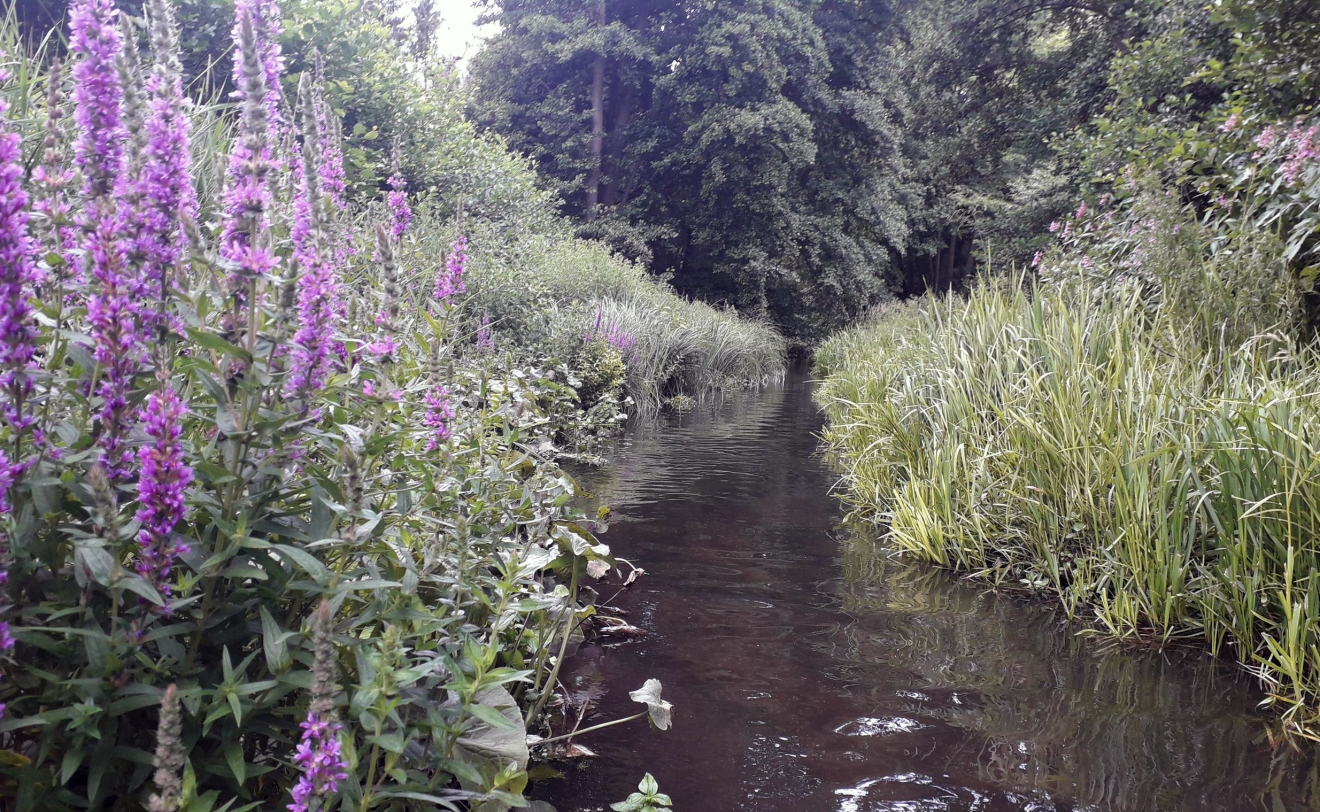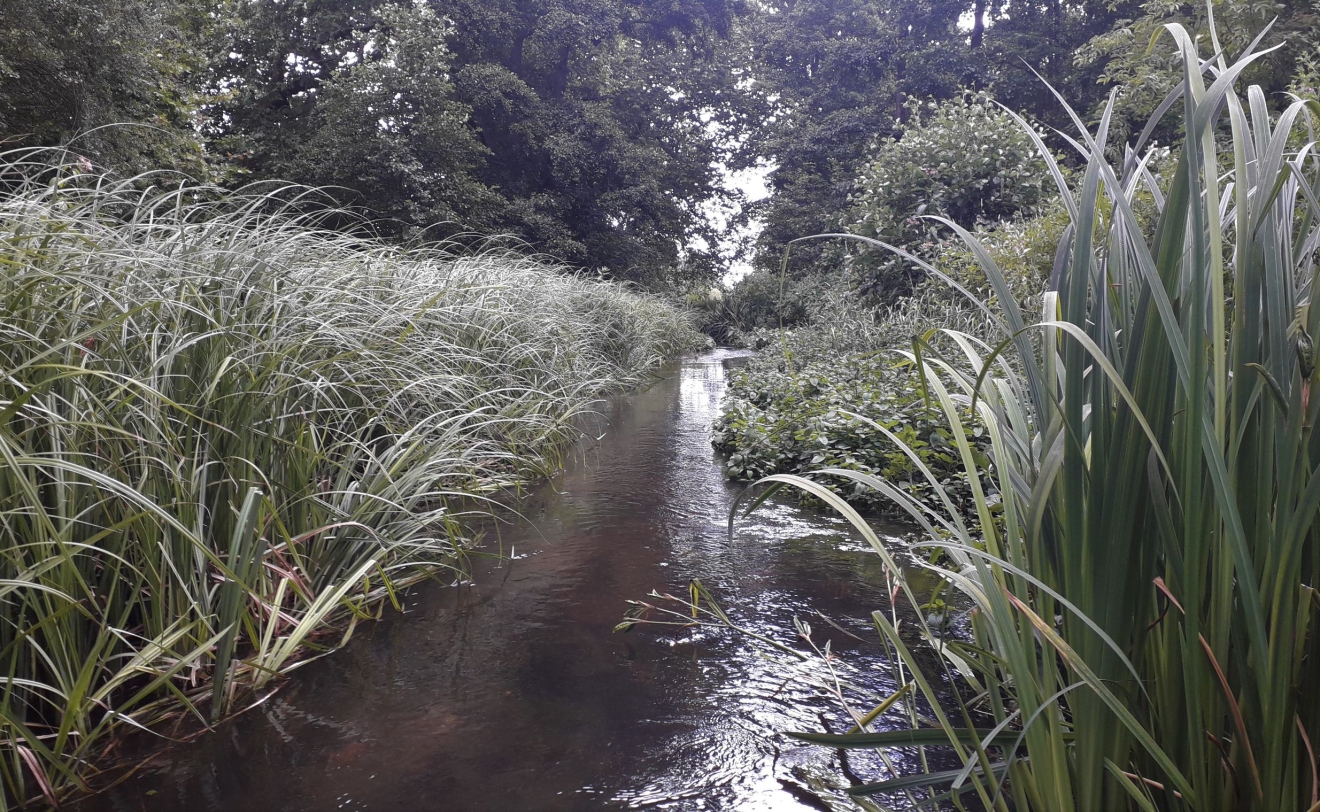Salix were commissioned to restore part of the river Mimram whilst protecting the local population of water voles and increasing the biodiversity
Salix were commissioned to restore part of the River Mimram as part of Affinity Water’s AMP6 NEP framework. A concrete weir had impounded a section of the watercourse, causing sediment deposition which was subsequently smothering the gravels and damaging the local ecosystem. Water vole habitat restoration was a key driver for this project.
The River Mimram in Hertfordshire is one of a number of tributaries of the Upper Lea. Its historic source is to the north of the village of Whitwell.
From there it flows south, passing the villages of Codicote, Welwyn, Digswell, Tewin, and Hertingfordbury, before joining the River Lea in Hertford.
The river still supports a commercial watercress industry that has been running for almost 200 years, and there are several historic mills dotted along the river’s length.

Physical barriers impacting wildlife
The reach at Tewin Water House was a 400m channel that was ponded behind a concrete weir.
The weir was originally built in the late 1700’s when Tewin Water House park and gardens were landscaped by Humphry Repton.
The weir was put in to create a small ‘Broadwater’ along the side of the house and the river was significantly widened.
Overshading from heavy tree cover had limited marginal and submerged macrophyte growth.
The channel was too wide for the flow regime and this, combined with the impounding impact of the weir, meant that the flow velocities very low and the gravel bed was smothered in fine sediment.
Solution
The Salix/Arup design focused on removal of the weir and creating a graded bed that would allow all fish the migrate through the reach for the first time since impoundment.
Selective tree thinning allowed more light to access the channel margins and the stream bed to allow marginal and submerged macrophytes to thrive.
Channel narrowing methods were employed in order to concentrate the base flows and allow the river to flush through the fine sediment that have previously smothered the gravel bed.
Salix had to work around existing water vole populations, which had dramatically increased after the tree thinning, as some natural marginal vegetation had become established in the less shaded areas.
Working with consultant Ecologist Julia Massey we developed a technique of a water vole gutter, comprising pre-established coir rolls set out in the channel to achieve the desired channel narrowing, whilst allowing the existing water vole population an open water channel in front of their burrows.






